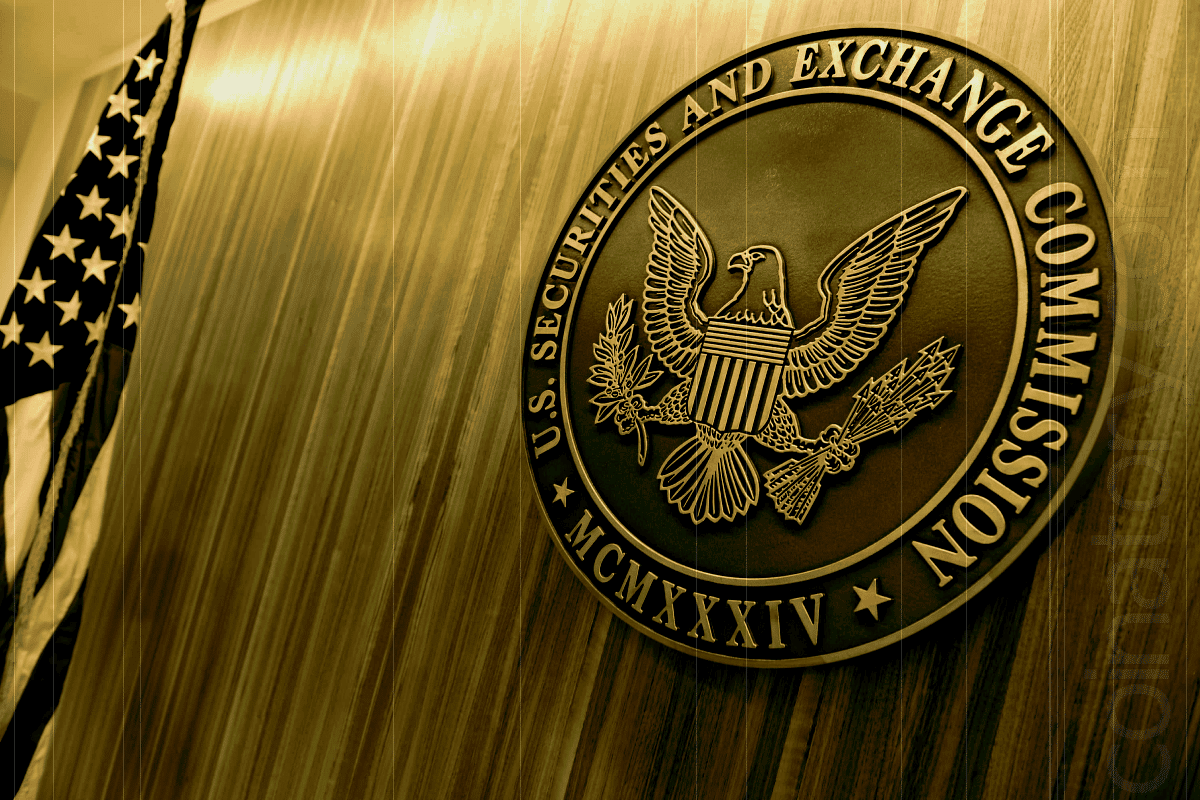
As U.S. lawmakers push forward a controversial $5 trillion increase in the federal debt ceiling, Bitcoin investors are watching closely—but perhaps for the wrong reasons. While some traders forecast a surge in Bitcoin prices in response to mounting U.S. debt, a closer examination of market history and macroeconomic indicators paints a more nuanced picture.
Debt Ceiling Hikes: No Clear Catalyst for Bitcoin
Historical data provide little support for the notion that raising the U.S. debt ceiling directly fuels Bitcoin rallies. In fact, only once—in June 2023—did Bitcoin register a post-debt-ceiling gain within a six-month window. More commonly, the cryptocurrency has posted lackluster or negative performance in the aftermath of similar fiscal decisions.
This pattern holds true even as the narrative gains traction that Bitcoin functions as a hedge against U.S. fiscal irresponsibility. The current optimism, sparked by the Senate’s narrow advancement of President Trump’s so-called “One Big Beautiful Bill,” may thus be premature. The legislation, estimated by the Congressional Budget Office to increase the federal deficit by $3.3 trillion over the next decade, now awaits a vote in the House of Representatives.
Bitcoin Price Stability Signals Broader Macro Narrative
Despite the political noise, Bitcoin has remained remarkably stable. As of Tuesday, the digital asset traded at approximately $105,000—unchanged from five months prior. This price stasis occurred even as markets anticipated the debt ceiling increase, and economists warned that the federal government would exhaust funding by mid-August absent legislative action.
The relative calm suggests that Bitcoin’s recent price behavior is less about legislative developments and more about broader economic sentiment. Market participants appear to be pricing in the long-term consequences of sustained deficit spending and monetary policy shifts, rather than reacting to individual policy milestones.
The Federal Reserve: The Real Driver of Bitcoin Valuations
While fiscal policy garners headlines, monetary policy remains the more potent driver of Bitcoin’s value. Treasury Secretary Scott Bessent’s claim that the bill represents a move toward “debt control” has drawn criticism from financial commentators, including NorthmanTrader founder Sven Henrich. Henrich argues that the current approach—characterized by simultaneous deficit expansion and dovish monetary signaling—mirrors the controversial logic of modern monetary theory.
In this environment, the Federal Reserve’s interest rate trajectory takes center stage. Persistently high rates would increase the cost of servicing debt, potentially sparking broader financial stress. Conversely, a pivot to looser policy could undermine the U.S. dollar’s global purchasing power, reinforcing Bitcoin’s appeal as a store of value.
Treasury Yields and the Bitcoin Decoupling Narrative
Traditionally, there has been a positive correlation between 10-year Treasury yields and Bitcoin prices, with both rising in response to investor concern over inflation and economic instability. Yet, recent trends suggest a potential decoupling. While Treasury yields declined from 4.50% to 4.25% in June, Bitcoin maintained its position above $105,000.
This divergence implies that Bitcoin may be responding more to expectations of currency debasement than to bond market movements. Supporting this view is capital inflow into other inflation-hedged assets, such as equities and commodities, suggesting investors are bracing for further dollar weakness.
Conclusion: Bitcoin’s Strength Lies Beyond Washington
While a future rally above $110,000 is not out of the question, attributing such gains directly to the passage of the “Big Beautiful Bill” oversimplifies the complex dynamics at play. Bitcoin’s resilience amid fiscal uncertainty speaks less to Congressional action and more to investor concerns about the long-term erosion of the U.S. dollar.
As noted in recent commentary from The Kobeissi Letter, the dollar’s devaluation is now shaped by a constellation of factors—including tariffs, chronic deficit spending, and increasing pressure on the Federal Reserve to pivot. In this context, Bitcoin’s role as a hedge against systemic monetary risk continues to evolve, even if the debt ceiling drama remains largely symbolic.







